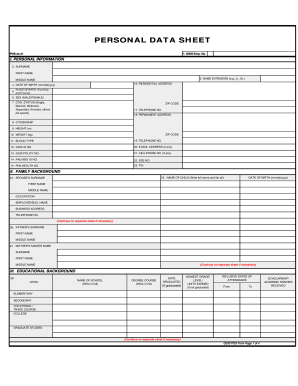How to Read Key Signatures
※ Download: C sharp minor key signature
Accessed 17 March 2010. In any case, more extensive pieces often change key during contrasting sections, and only sometimes is this change indicated with a change of key signature; if not, the passage in the second key will not have a matching key signature. Put another way: for key signatures with sharps, the first sharp is placed on F with subsequent sharps on C, G, D, A, E and B; for key signatures with flats, the first flat is placed on B with subsequent flats on E, A, D, G, C and F.

The only difference between them is that the bass clef symbols are shifted down to the next line or space and of course the note pitches are lower on the bass clef. The second appearance later in the movement of this same section, a semitone lower, in G minor, uses the correct key signature of two flats.

How to Read Key Signatures - The courtesy signature that appears at the end of a line immediately before a change is usually preceded by an additional barline; the line at the very end of the staff is omitted in this case. A piece scored using a single diatonic key signature and no accidentals contains notes of at most seven of the twelve , which seven being determined by the particular key signature.

Its enharmonic equivalent, , having eight flats, including the B , has a similar problem. The same enharmonic situation occurs with the keys of and. See also: There are only two known symphonies in the 18th century written in this key. One of them is by , but he appears to have found the key difficult since he later rewrote it in. Even in the following two centuries, C-sharp minor symphonies remained rare. Two notable examples are the first movement of 's and 's. This key occurs more often in piano literature from the 18th century onwards. But after 's Moonlight Sonata , the key became more frequent in the piano repertoire. Beethoven himself used this key again in the outer movements of his Op. Even so, still felt the need to rewrite his C-sharp minor Piano Quartet in C minor, which was published as Piano Quartet No. More examples of works in C-sharp minor include 's , , , and. Piano concertos written in C-sharp minor include 's , Op.
The C-sharp major scale has 7 sharps. Although a key signature may be written using any combination of sharp and flat symbols, the most common series of thirteen homogeneous key signatures—ranging from six flats to six sharps, with each successive flat or sharp placed on therespectively, the previous one—is assumed in much of this article. A sharp symbol on a line or space in the key signature raises the notes on that line or space one above the natural, and a flat lowers such notes one semitone. Oxford and New York: Oxford University Press. However, it is only a notational convenience; a piece with a one-sharp key signature is not necessarily in the key of G major, and likewise, a piece in G major may not always be written with a one-sharp key signature; this is particularly true in pre-Baroque music, when the concept of key had not yet evolved to its present state. The Petrie Collection of the Ancient Music of Ireland. For example, on the treble clef, note C 2nd note shown occupies the 2nd space from the top, whereas on the bass clef, the same note is the 3rd c sharp minor key signature from the top. For example, the only sharp in the G is F sharp, so the key signature associated with the G major key is the one-sharp key signature.









